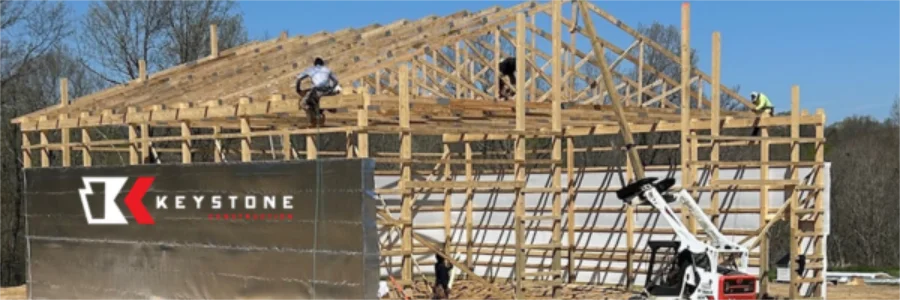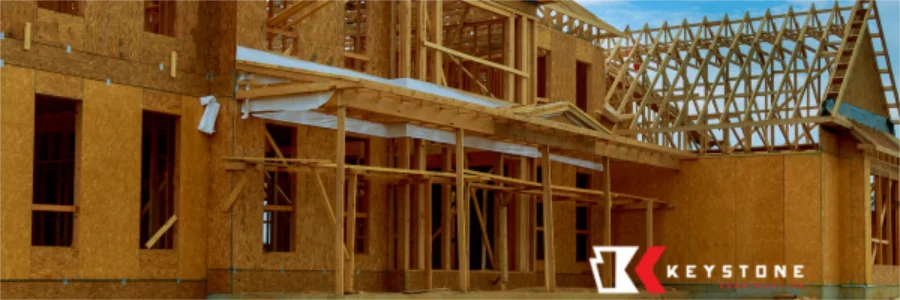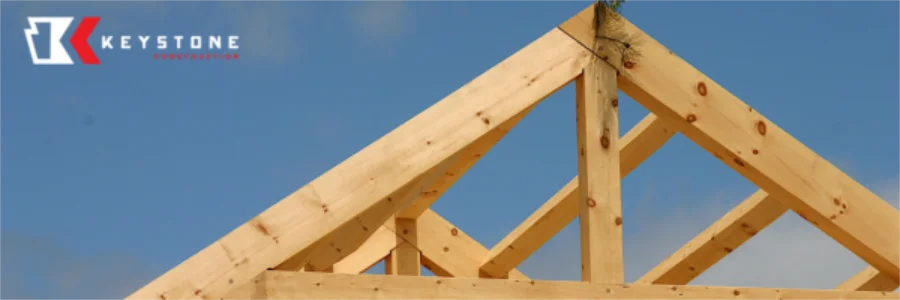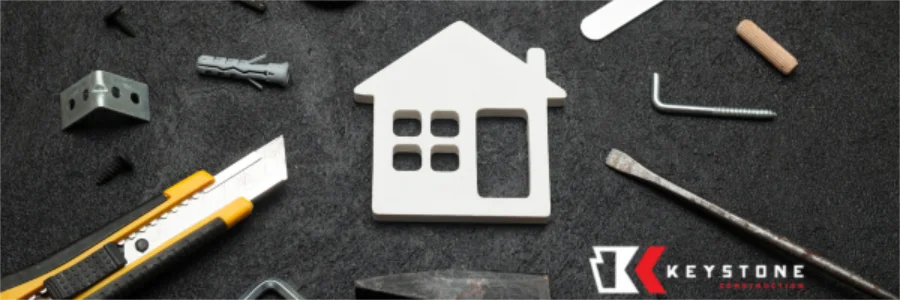Quick Answer:
When comparing construction methods, post-frame stands out for speed, cost efficiency, and design flexibility. Stick-built excels at traditional aesthetics and familiarity with lenders, while timber frame offers unmatched beauty and durability at a premium price. The right choice depends on your priorities for budget, timeline, style, and use.
Key Comparison Table
| Feature | Post-Frame | Stick-Built | Timber Frame |
|---|---|---|---|
| Build Speed | Fastest (weeks, not months) | Moderate (several months) | Longest (months to over a year) |
| Cost | Most cost-efficient per square foot | Moderate to high | Highest per square foot |
| Design Flexibility | Clear spans, open interiors, adaptable | Flexible but requires load-bearing walls | Highly customizable, but complex |
| Durability | Long lifespan with steel/treated wood | Long lifespan with proper upkeep | Exceptional longevity |
| Aesthetic | Functional to modern | Traditional home look | Rustic, architectural showcase |
| Energy Efficiency | Excellent with proper insulation | Good to excellent | Excellent (heavy thermal mass) |
| Best For | Barndominiums, barns, commercial use | Conventional homes, renovations | Custom luxury builds, statement homes |
1) Post-Frame Construction

How It Works:
Uses widely spaced vertical posts anchored in the ground or on a foundation, with trusses spanning large open areas. Often finished with steel siding and roofing.
Pros:
- Speed: Can be built in weeks.
- Open Interiors: Fewer load-bearing walls for flexible layouts.
- Cost Efficiency: Lower labor and material needs compared to traditional framing.
- Versatility: Works for homes, garages, agricultural, and commercial buildings.
Cons:
- Requires careful insulation and finishing to match the comfort of stick-built interiors.
- May need extra detailing for certain residential aesthetics.
2) Stick-Built Construction

How It Works:
Built on a continuous foundation with dimensional lumber framing at regular intervals (usually 16″ on center).
Pros:
- Familiarity: Widely understood by contractors, inspectors, and lenders.
- Aesthetic Range: Supports any style, from colonial to contemporary.
- Resale Confidence: Seen as the “traditional” home structure.
Cons:
- Longer Build Times: More labor-intensive and weather-sensitive.
- Cost: Higher material and labor costs than post-frame for similar square footage.
- Less Open Space: Requires interior load-bearing walls unless engineered otherwise.
3) Timber Frame Construction

How It Works:
Heavy timber posts and beams are joined with precise craftsmanship, often using mortise-and-tenon joints. Visible structural wood becomes part of the interior design.
Pros:
- Architectural Beauty: Exposed beams create a dramatic look.
- Longevity: Exceptional strength and durability.
- Sustainability: Often sourced from renewable timber.
Cons:
- Cost: Premium materials and specialized labor.
- Time: Longer construction due to complexity.
- Specialized Contractors: Fewer builders offer true timber framing.
Choosing the Best Fit
Pick Post-Frame if you want:
- Fast build time
- Lower cost per square foot
- Flexible open layouts (great for barndominiums, shops, agricultural, or hybrid uses)
Pick Stick-Built if you want:
- Traditional home look and resale familiarity
- Easy financing through most lenders
- A wide range of exterior and interior finishes
Pick Timber Frame if you want:
- A high-end, custom architectural showcase
- Long-term investment in unique craftsmanship
- Rustic charm with modern energy performance
Quick FAQs
Which is the most affordable?
Post-frame is generally the most cost-effective, followed by stick-built, with timber frame as the premium option.
Which lasts the longest?
All can last decades with proper maintenance; timber frames often reach 100+ years.
Which is fastest to build?
Post-frame can be completed in a fraction of the time compared to the other two.

